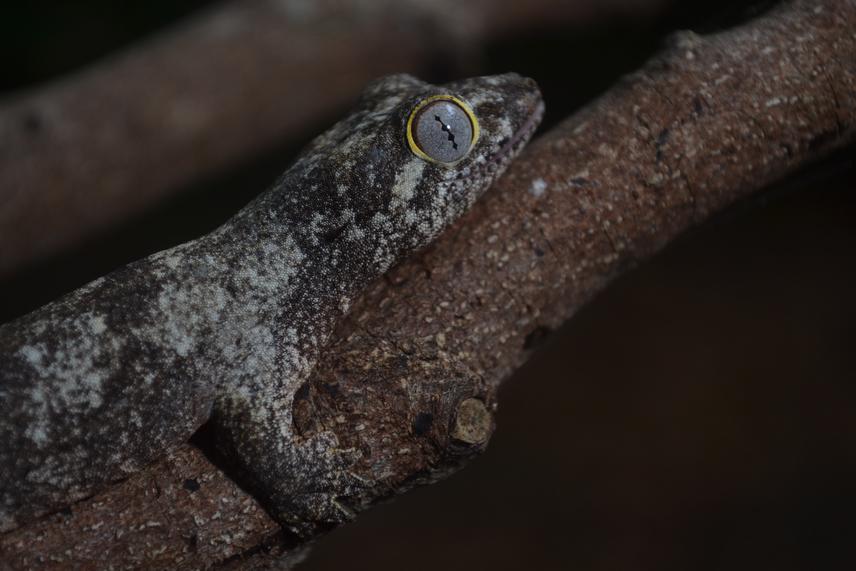Camila Gibas Meneses
The project aims to determine distribution patterns and phylogeographic affinities of amphibian fauna in Mt. Guiting-Guiting Natural.

The Philippines exhibits an extreme and exceptional biological diversity of flora and fauna with high levels of endemism. One such group of vertebrate that is well known for its high level of endemicity are the amphibians (about 80%). Notably, Mt. Guiting-guiting alone is assumed to home a vast number of new and unique species of amphibian species (i.e Platymantis levigatus).
The Philippines is a home of various regions of tropical rain forest that is comprised of complex tropical mountain ecosystems that have long provided haven for Philippine wildlife. However, the existence of vast threats of anthropogenic pressures are continuously degrading the rich biodiversity of the Philippines (49% of its amphibians listed as Threatened or Endangered). And yet, there is a dearth of information on anuran species richness, relative abundance, phylogeographical affinities, and genetic information along elevational gradients of the Philippines’ only remaining intact forest, Mt. Guiting-Guiting. Hence, there is an urgent and significant need for gathering data on the current status of amphibian faunas as rain forest destruction has increased, which exacerbates the need for conservation measures to maintain amphibian faunal diversity.
The wide array of habitats within Mt. Guiting-Guiting may have resulted in the evolution of unique forms. A thorough survey of this area along elevational gradients may reveal significant discoveries on local adaptation of anuran species that can influence morphology, behavior, and genetics. Thus, extensive survey effort on the current status of the amphibian fauna which includes acoustic and phylogeographic study for delimiting species is necessary.
The study primarily aims to provide baseline information as to understand the elevational pattern of diversity and distribution of amphibian fauna and determine acoustic differences and genetic relationship of complex species of frogs across elevational gradients and different PAIC regions.
1. document patterns of distribution of anurans species in elevation, habitat, and microhabitat including observable accounts on ecology;
2. provide call description/characterization on the advertisement call of each species of frogs obtained from each elevational gradients;
3. discuss the phylogeographic affinities of the complex species of frogs from the surrounding regions of the archipelago.